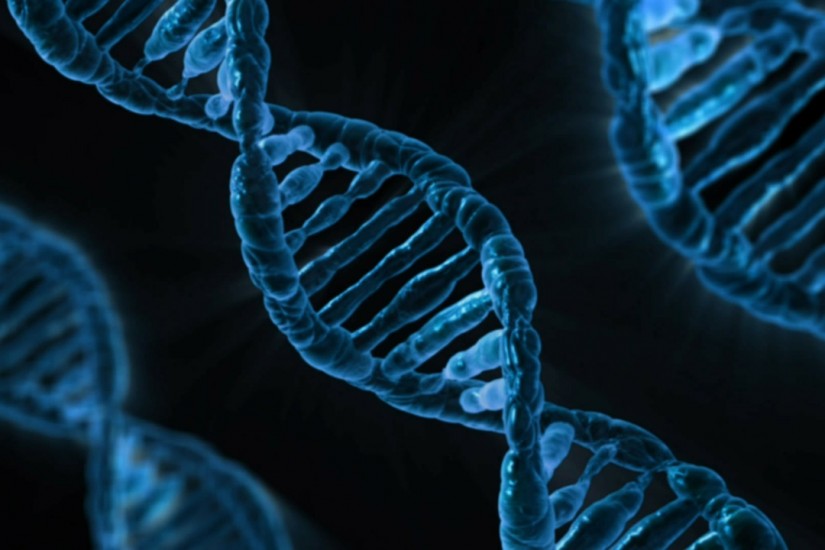Colton was ultimately diagnosed with Cerebral Cavernous Malformations (CCM), a rare disease that can cause seizure, stroke, and death. He also tested positive for a genetic mutation that causes the disease, known as the Common Hispanic Mutation. Colton’s sister and his mom also have the mutation. Dunworth had no idea she was the carrier. “I’ve never had any symptoms, no seizures, no paralysis, no nothing,” she says.
Like Dunworth, many New Mexican families trace their lineage back hundreds of years to the first Spanish settlers. Yet it turns out that this shared heritage created a unique medical risk. CCM affects about one in 500 people in the general population, but in some New Mexico communities, it affects one in 50. About half the people with the mutation are asymptomatic, but everyone who has it is a carrier. And because the mutation is found on a dominant gene, parents have a 50 percent chance of passing on the disease to their children.
Everyone with the Common Hispanic Mutation shares a common ancestor, who arrived in New Mexico more than 400 years ago. After colonization, many Hispanic New Mexicans lived in small, geographically isolated communities, often intermarrying. Because of the founder effect, CCM is now found in high frequency in the descendants of those communities.
Today, an estimated 30,000 New Mexicans carry the mutation, and the numbers are increasing — even as many thousands continue to go undiagnosed. In part, this is because most New Mexico counties are considered medically underserved, and many in rural areas have limited access to health care. And while a genetic test is available, many New Mexicans — including some with misgivings about the medical system — choose not to be tested.
One advocacy group is trying to change this with a new approach to CCM outreach — one that emphasizes genealogy and shared heritage. Whether it will work remains an open question.
